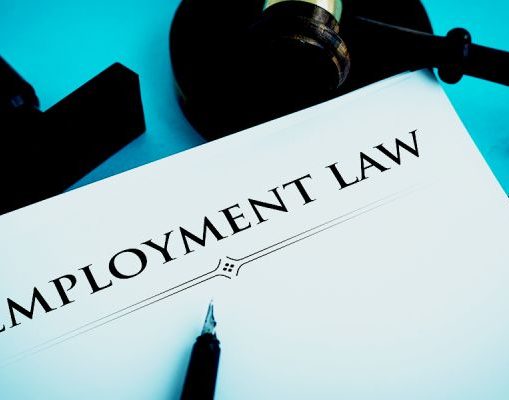
Employers are generally aware that they may face liability for conduct of their employees that causes injury. But the parameters of an employer’s liability are not always clear. The recent case of Musgrove v. Silver (2022) 82 Cal. App. 5th 694 provided a useful overview of the “tests” courts apply to determine if an employer is vicariously liable for their employee’s conduct.
When an employer is “vicariously liable,” it means the employer is liable without regard to the employer’s fault. Since no fault is required, employers are liable for employee conduct only when the employee is acting within the scope of employment when he engages in the negligent or wrongful conduct. But what is the test to determine whether an employee is acting within the scope of employment?
In Musgrove, the employer, a Hollywood producer, brought his executive assistant with his family and entourage to a wedding at a resort in Bora Bora. Late one windy evening, the producer’s personal chef met the executive assistant and provided her with alcohol and cocaine. When the executive assistant returned alone to her overwater bungalow, she decided to descend the ladder from her bungalow and go for a late-night swim, which she was well-known for doing. Tragically, she drowned during the swim. Her parents sued the producer, claiming he was vicariously liable for the negligence of the chef in supplying her with drugs and alcohol while knowing of her propensity for late-night swims.
The court reviewed the four main tests to determine vicarious liability, which are sometimes used in conjunction with one another.
- Risk-focused test. Was the risk caused by the chef’s alleged negligent conduct “inherent in the working environment?”
- Foreseeability-focused test. Was the chef’s alleged negligent conduct an action that the producer could have reasonably foreseen?
- Benefit and custom-focused test. Did the chef’s alleged negligent act amount to conduct that provided some benefit to the employer or conduct that had become a “customary incident” of the employment relationship?
- Public policy-focused test. Would finding the producer vicariously liable for the chef’s conduct support the policies underlying the doctrine of vicarious liability? In particular, would it help prevent further tortious conduct; would it give greater assurance of compensation to victims; and, would it ensure that the victim’s losses are equitably borne by those who benefit from the business that gave rise to the injury?
In Musgrove, the court found that, under any of the four tests, the producer was not vicariously liable for the chef’s alleged negligence. The chef’s conduct was supplying the assistant with drugs and alcohol and allowing her to return to her bungalow alone on a windy night, knowing she often went for late-night swims. This conduct was not engendered by his job as chef. His conduct was not a foreseeable risk of his employment as a chef because it was outside the type of duties he had as a chef. The producer received no benefit from the chef’s conduct. There was no evidence that anything like placing the assistant in peril had happened before, so the conduct had not become a customary incident of the employment relationship. Finally, the chef’s conduct was too attenuated from his job duties to make it equitable to hold the producer responsible for his conduct.
While the producer was not liable for his chef’s conduct, it is helpful for employers to understand the broad possible scope of vicarious liability. In particular, it is important to note that an employee can be acting within the scope of employment under any of these tests even if: 1) the employer did not authorize the employee’s conduct; 2) the employee acted without any motive of serving the employer’s interest; and, 3) the employee engaged in intentional – or even criminal – conduct.
Related practice team: Labor and Employment


